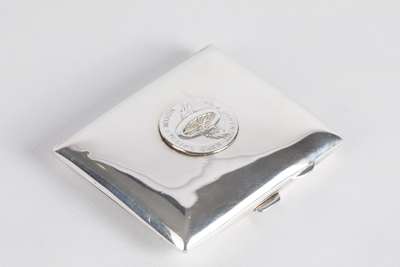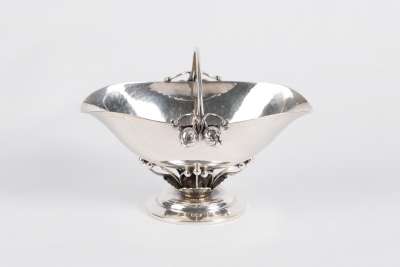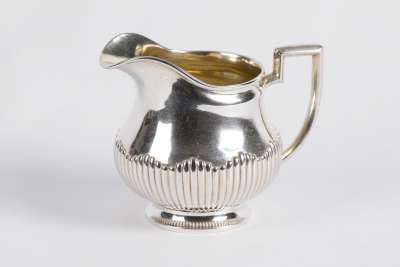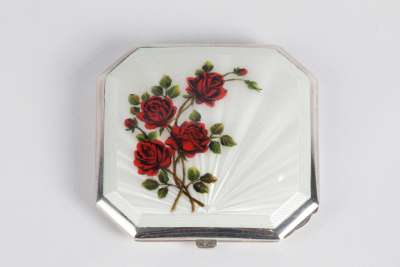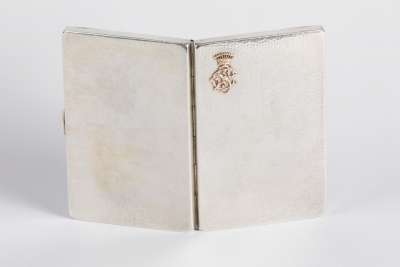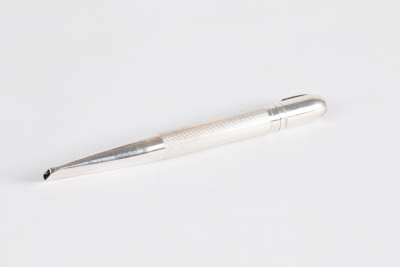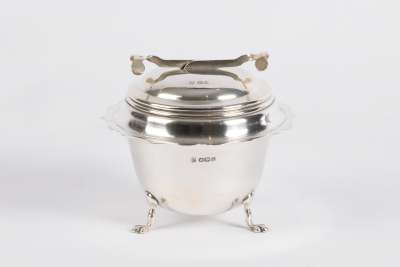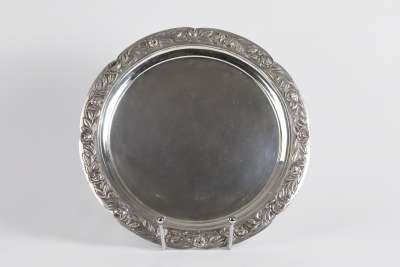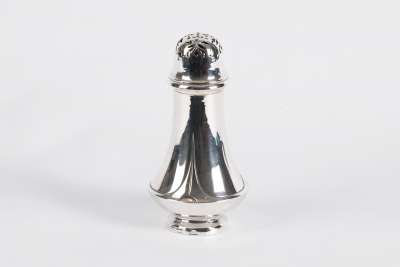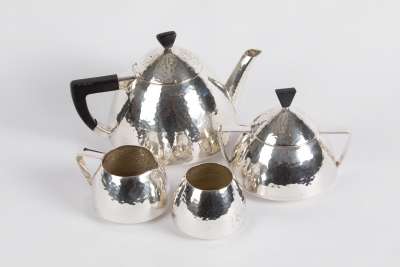This Georgian Tortoiseshell Folding Magnifying Glass, crafted around 1800, is an emblematic artifact from England. The piece features a richly mottled tortoiseshell casing adorned with decorative silver mounts, providing both visual appeal and structural integrity. The magnifying lens is cleverly integrated within the casing, allowing it to fold neatly and enhancing its practicality for daily use. Circa: 1800
Condition Report
The magnifying glass is in good condition, consistent with its age. The tortoiseshell casing shows minor wear, including a slight defect in one section, yet the pattern and sheen remain distinct. The silver mounts exhibit minor tarnishing, a typical characteristic of antique silver, but they remain secure and intact. The lens is clear and free from major scratches or imperfections that could impair its function, demonstrating its continued utility.
Dimensions
Weight: 0.050gms, Length: 7cm, Width: Closed 6cm extends to 11cm in length opened, Height: 1cm.
An Essential Tool in the Georgian Era
During the late 18th and early 19th centuries, folding magnifying glasses were indispensable for individuals requiring assistance with reading small print or scrutinising fine details in artworks, maps, or manuscripts. This compact design made it easily portable, fitting conveniently in a pocket or small bag, serving as a practical accessory for scholars, merchants, and artisans engaged in detailed handiwork.
Georgian Elegance and Craftsmanship
This piece epitomises the luxurious materials favoured in the Georgian era, combining tortoiseshell and silver. Tortoiseshell was highly prized for its beauty and used in personal items such as combs, snuff boxes, and jewellery. The silver mounts highlight the era's metalworking skills, adding decorative accents to functional objects. The design's simplicity and elegance reflect the Georgian preference for classical forms and refined craftsmanship.
Crafting Techniques of the Georgian Period
The creation of this magnifying glass involved skilled craftsmanship, particularly in working with tortoiseshell and silver. Tortoiseshell, admired for its unique patterns, required careful shaping and polishing to achieve a smooth finish. The silver mounts, possibly crafted through techniques such as chasing or engraving, would have been expertly attached to the casing, offering both decorative and functional benefits.
Maker Unknown
The specific maker of this magnifying glass is unidentified, a common occurrence for personal accessories from the Georgian period. Many artisans produced such pieces without signature marks. Nonetheless, the quality of materials and craftsmanship suggests it was made by a skilled craftsman familiar with decorative arts. Similar items were often produced in various workshops across England and Europe, reflecting a high standard of artistic and functional design.
Collected by Enthusiasts of Georgian Material Culture
Antique magnifying glasses from the Georgian era, like this one, are valued by collectors for their historical significance and as tangible representations of the era's material culture. They provide insights into the daily lives and personal accessories of individuals from that time. Collecting these items contributes to preserving the artistry and craftsmanship characteristic of the Georgian period. Institutions such as the Victoria and Albert Museum often house similar pieces, underscoring their importance in the context of decorative arts.



